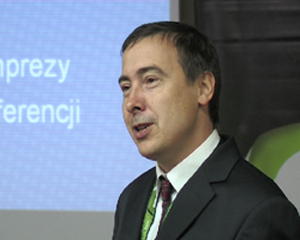The Two Challenges for New Champions League Sponsor Nissan – Simon Rines
April 8, 2014
Nissan’s new deal with UEFA, worth around $75m p.a. places the carmaker in the big league of global sponsors.
The Japanese giant, which replaces Ford as a Champions League sponsor, clearly sees the opportunity to boost its profile in both Europe and Asia, where the big TV audiences for European football are to be found. Although it arguably represents a step-change in the sponsorship activities of Nissan, certainly in terms of rights fees, it is interesting to consider the cost-benefits.
To receive the same level of exposure in such a range of countries could cost an average of around $2m to $10m per territory for major local rights. However, there would be additional costs in creating a huge range of local activation collateral and in setting up sponsorship teams and employing agencies to manage and monitor such rights. The Champions League could, therefore, be argued to be a good economy of scale as well as making a powerful brand statement.
The challenge for Nissan, however, will be two-fold. First, to replace Ford, which has held the rights for 21 years and is firmly established in minds of football fans, will not be easy. Past research has suggested that replacing well established incumbents is difficult. Ford had become part of the Champions League furniture and a significant proportion of fans will still associate the two for several years to come.
Second, Nissan needs to stand out from the crowd. The current Champions League sponsor roster has some very experienced players who know how to make a big impact with their activations.
In the shadow of Heineken’s Star Player?
Heineken in particular has succeeded through its Star Player app, which is seen as one of the most successful sports-related marketing programmes ever. Similarly, MasterCard, Adidas and Sony are all very creative sponsors with experience of operating globally. It is arguable that Gazprom and UniCredit have failed to create such a high profile association with the event, certainly on a wide international platform, so there is some room for Nissan to make an impact.
Player endorsements – easy but bigger strategy needed?
It will be interesting, therefore, to see how the company activates its new deal. The temptation may be to recruit brand ambassadors from among the current elite crop of European footballers. It would, of course, represent a quick and easy win, but these mega-sponsorships now demand a much clearer strategy with a strong overall theme. That is what has worked so well for Heineken and also for P&G’s Olympic partnership in which the ‘Mums’ campaign gained strong global traction.
Developing such concepts are, of course, easier said than done, but given that Nissan has presumably had months of planning this acquisition, it will be interesting to see if its activation team have been using that time to develop a ground-breaking concept.
Simon Rines is editor in chief at specialist sponsorship publisher, IMR Publications whose titles include the International Journal of Sports Marketing & Sponsorship and Sponsorship Today. He is author of the best-selling report, Driving Business Through Sport and a regular presenter on the international sponsorship conference circuit.
{jcomments on}



